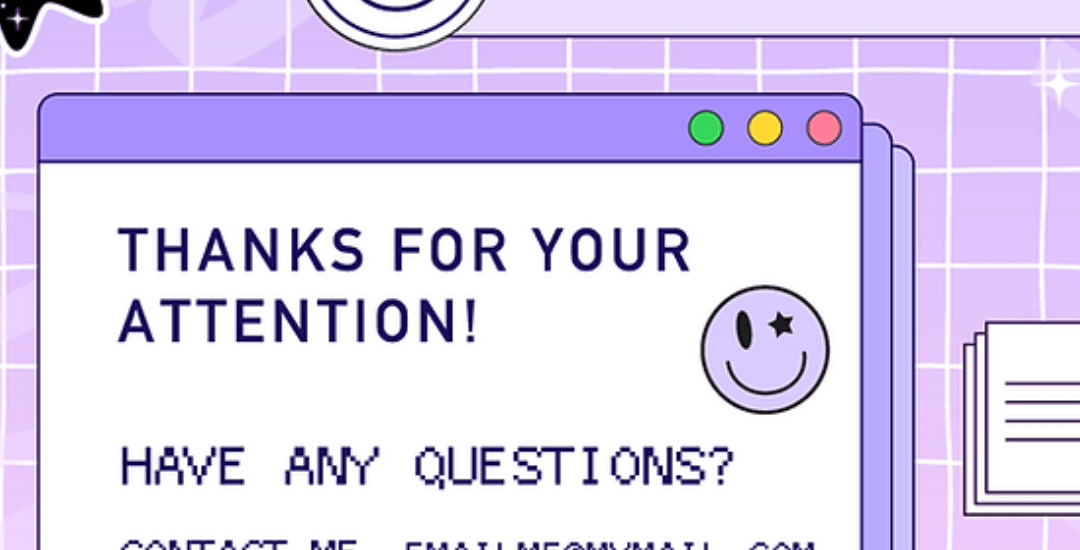


Y2K aesthetics is characterised by bright, bold colours and retro elements such as pixelated imagery, neon gradients, and heavy use of drop shadows. It is a style of design that harkens back to the early 2000s when the web was still young. This style of design can add a creative, fun, and playful element to any website. It can also help to make a website stand out from the competition and give it a unique look and feel. Y2K aesthetics can help to create an overall aesthetic that ties together the entire website, creating a unified experience. This style of design can also be used to create a nostalgic feeling or to evoke a sense of nostalgia for a simpler time.
Pixelated imagery can be used in web design to create a modern, creative, and visually interesting look. It can be used to emphasise certain elements of a design, add a vintage feel, or create a unique design style. Pixelated imagery is often used to evoke a computer game or retro look in web design, but it can also be used to create a more modern, abstract aesthetic. Pixelated imagery can be used to create a dynamic and exciting look, which can be used to draw the viewer’s attention and create an interesting visual experience.
Neon gradients have become increasingly popular in web design, as they offer a unique and eye-catching way to add a bit of pzazz to a website. Neon gradients can be used to create a bold, vibrant look and feel that stands out from the rest of the page and grabs the attention of visitors. They can be used to draw attention to specific elements, such as buttons or menus, or to create a dynamic and exciting atmosphere in an otherwise plain website. Neon gradients can also be used to create a sense of energy and movement, adding a sense of life and excitement to a website.
Adding a drop shadow to an element in a web design can help to create a more realistic visual effect and provide additional depth to the design. Drop shadows can also be used to give the illusion of an element being lifted away from the background, which can be used to help separate and draw attention to certain elements on the page. Drop shadows are usually applied to elements such as buttons, images, and text. To create a drop shadow, CSS is used to define the position, size, and colour of the shadow.